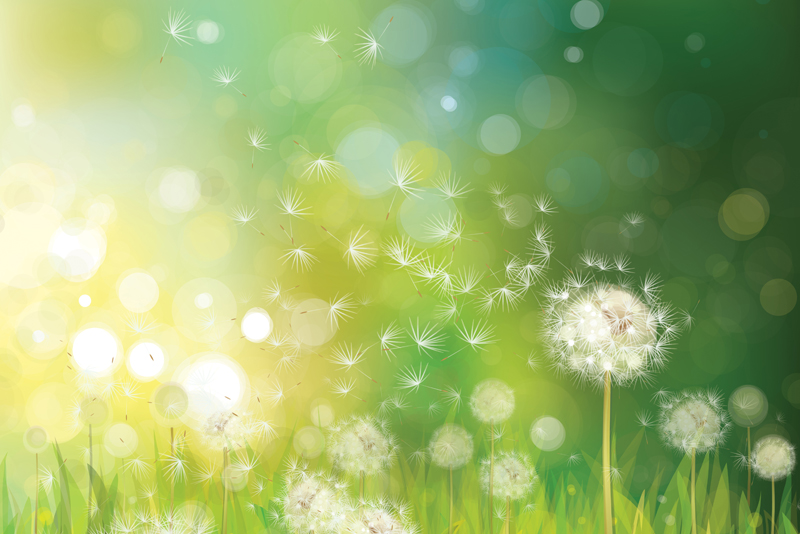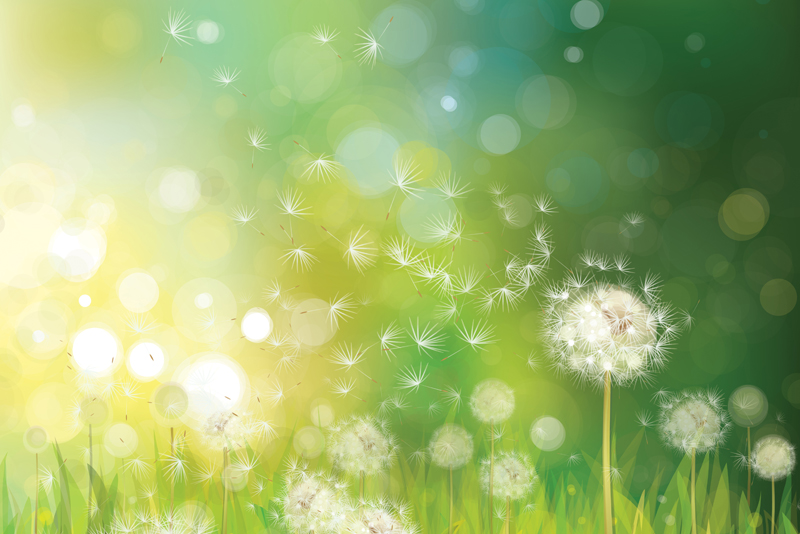Managing seasonal allergies

Seasonal allergies don’t have to get the best of you. Start fighting back by keeping home allergens under control and minimizing outdoor exposure, when possible.
Start by looking at what might be causing your allergy symptoms. Most allergies are caused by:
•Pollens from trees (April-May), grasses and weeds (late May to mid-July) and ragweed (late August to first frost).
•Molds which can collect on shower curtains, window moldings and other damp places in the home.
•Animal dander.
•Dust (made up of allergens including dust mites).
•A combination of two or more of these.
Living in a bubble to avoid exposure to pollens is not practical. Instead, try a few changes in how you do things. If possible, plan outdoor activities during the middle of the day because pollen counts are usually highest in the early morning. Windy days can make allergies worse. The best approach is to limit outdoor time on those days. Use your home air conditioner, and keep windows and doors shut when pollen counts are high. Change air conditioner filters once a month.
Take a shower or bath before bedtime to wash off pollen and other allergens that has collected on your hair and skin. Enlist the help of a family member who is not an allergy sufferer to do the jobs of mowing the lawn, weed pulling and gardening. Keep pets outdoors because their coats carry pollen. It may look strange but wearing a paper pollen mask is always an option when doing outdoor chores or activities.
If molds are irritating your allergies, tackle the source by frequently cleaning up areas throughout the house where mold and mildew accumulate. Use a solution of water and bleach to clean shower curtains, damp walls, behind the toilet or under the sink, and other areas where mold grows. Stay clear of damp and dusty places, such as attics, basements and storerooms. Remove or keep houseplants to a minimum as potting soil may be breed molds. Other sources of mold growth may be refrigerators and firewood stacks.
A few changes in housecleaning habits may help with dust and dust mite allergies. Drapes, feather pillows, upholstered furniture, stuffed toys and non-washable comforters are dust magnets. Best bet is to remove them. Other suggestions include: mopping floors often; replacing carpeting with wood or linoleum flooring; wash bedding frequently in hot water; and regular vacuuming.
Exposure to animal dander can be reduced by keeping pets outside or bathing animal pals frequently. Vacuuming often can help with the problem if pets are indoors. Other things to avoid that stir up allergies are tobacco smoke, fumes, smoke, air pollution and aerosol sprays.
Start by looking at what might be causing your allergy symptoms. Most allergies are caused by:
•Pollens from trees (April-May), grasses and weeds (late May to mid-July) and ragweed (late August to first frost).
•Molds which can collect on shower curtains, window moldings and other damp places in the home.
•Animal dander.
•Dust (made up of allergens including dust mites).
•A combination of two or more of these.
Living in a bubble to avoid exposure to pollens is not practical. Instead, try a few changes in how you do things. If possible, plan outdoor activities during the middle of the day because pollen counts are usually highest in the early morning. Windy days can make allergies worse. The best approach is to limit outdoor time on those days. Use your home air conditioner, and keep windows and doors shut when pollen counts are high. Change air conditioner filters once a month.
Take a shower or bath before bedtime to wash off pollen and other allergens that has collected on your hair and skin. Enlist the help of a family member who is not an allergy sufferer to do the jobs of mowing the lawn, weed pulling and gardening. Keep pets outdoors because their coats carry pollen. It may look strange but wearing a paper pollen mask is always an option when doing outdoor chores or activities.
If molds are irritating your allergies, tackle the source by frequently cleaning up areas throughout the house where mold and mildew accumulate. Use a solution of water and bleach to clean shower curtains, damp walls, behind the toilet or under the sink, and other areas where mold grows. Stay clear of damp and dusty places, such as attics, basements and storerooms. Remove or keep houseplants to a minimum as potting soil may be breed molds. Other sources of mold growth may be refrigerators and firewood stacks.
A few changes in housecleaning habits may help with dust and dust mite allergies. Drapes, feather pillows, upholstered furniture, stuffed toys and non-washable comforters are dust magnets. Best bet is to remove them. Other suggestions include: mopping floors often; replacing carpeting with wood or linoleum flooring; wash bedding frequently in hot water; and regular vacuuming.
Exposure to animal dander can be reduced by keeping pets outside or bathing animal pals frequently. Vacuuming often can help with the problem if pets are indoors. Other things to avoid that stir up allergies are tobacco smoke, fumes, smoke, air pollution and aerosol sprays.

Related Articles
Editor's Picks Articles
Top Ten Articles
Previous Features
Site Map
Content copyright © 2023 by Sheree Welshimer. All rights reserved.
This content was written by Sheree Welshimer. If you wish to use this content in any manner, you need written permission. Contact Sheree Welshimer for details.



